Armatec Projects
From concept to commissioning and beyond we work closely with customers, consultants, contractors and technology partners worldwide to implement cost effective and innovative solutions to reduce emissions to the environment, on even the most difficult challenge or corrosive duty.
Browse all projects below or filter by expertise and industry on the left.
Armatec designed and installed a >99% efficient biological scrubbing system for the award-winning Pines II Rolleston wastewater treatment plant.
The Tasman District Council had a small WWTP serving a 7500–10500 population which swelled in Summer.
The two sludge tanks at Carey’s Gully store sewage sludge pumped from the Moa Point wastewater treatment plant located about 10 kilometers away. Due to the age of the sludge, considerable quantities of corrosive hydrogen sulphide gas are released within the tanks. H2S concentrations over 50 ppm have been recorded, and resulted in severe corrosion to the concrete walls and concrete roof of these two tanks.
Formaldehyde fumes released during the manufacture of particle board were causing complaints from neighbours. This limited the production and expansion plans for the plant, and raised levels of formaldehyde in working areas of the plant.
A large Auckland brewery was encountering high effluent disposal costs, including repairs to municipal sewers caused by their corrosive acidic effluent. They determined to convert an existing mostly underground concrete storage tank to a neutralisation tank, but faced the problem of corrosion in this tank.
A large food processing plant located in the middle of a residential area was causing nuisance odours for local residents. Plus the plant wanted to increase its production.
A lightweight fibreglass Armatec manhole replaced a badly corroded and leaking 100 year old concrete manhole in Devonport, Auckland.
A complete hygiene scrubber system including a venturi scrubber was installed to overcome worsening conditions in the Ravensdown Hornby fertiliser manufacturing plant, as new higher fluoride rocks were used.
Fluoride fumes given off in the manufacture of SSP (single super phosphate) fertiliser are extremely toxic and must be scrubbed. The current scrubbers at the plant were limiting fertiliser production, to the point of determining the rate at which the plant could run and when it could run.
Three Pratt & Whitney ‘jet engine’ turbines had to be firmly secured to its foundation with a grout that can handle any vibrations, physical loads, oil spills and the like. Plus the grout selected had to have a consistency that enabled it be to flowed around and under the hold down positions.
Air given off from the biosolids treatment plant at Watercare’s Mangere wastewater treatment plant contains ammonia and odours. This air had to be captured and ducted away for treatment in soil bed filters. However firstly the ammonia had to be removed as it would have had an adverse effect on the soil bed filter biology.
A retirement village was built on the site of an old landfill, closed many years earlier. The developer had to control methane emissions from the landfill, and installed a number of bores to extract gases from the landfill. The challenge was to dispose of the methane without any odour complaints from the hydrogen sulphide gas that came out of the wells with the methane.
The bottoms of the steel methanol storage tanks were becoming badly pitted due to water accumulation at the base of the tank, to the point where the storage security of methanol was in question. The epoxy coating previously installed 8 to 10 years earlier had failed.
Underground wastewater drains from Dairy Factories need to handle a range of acidic and caustic solutions, at temperatures up to 90ºC. Traditional materials such as earthenware, plastic and stainless steel had all proven unsatisfactory, resulting in leaks of chemicals into the ground.

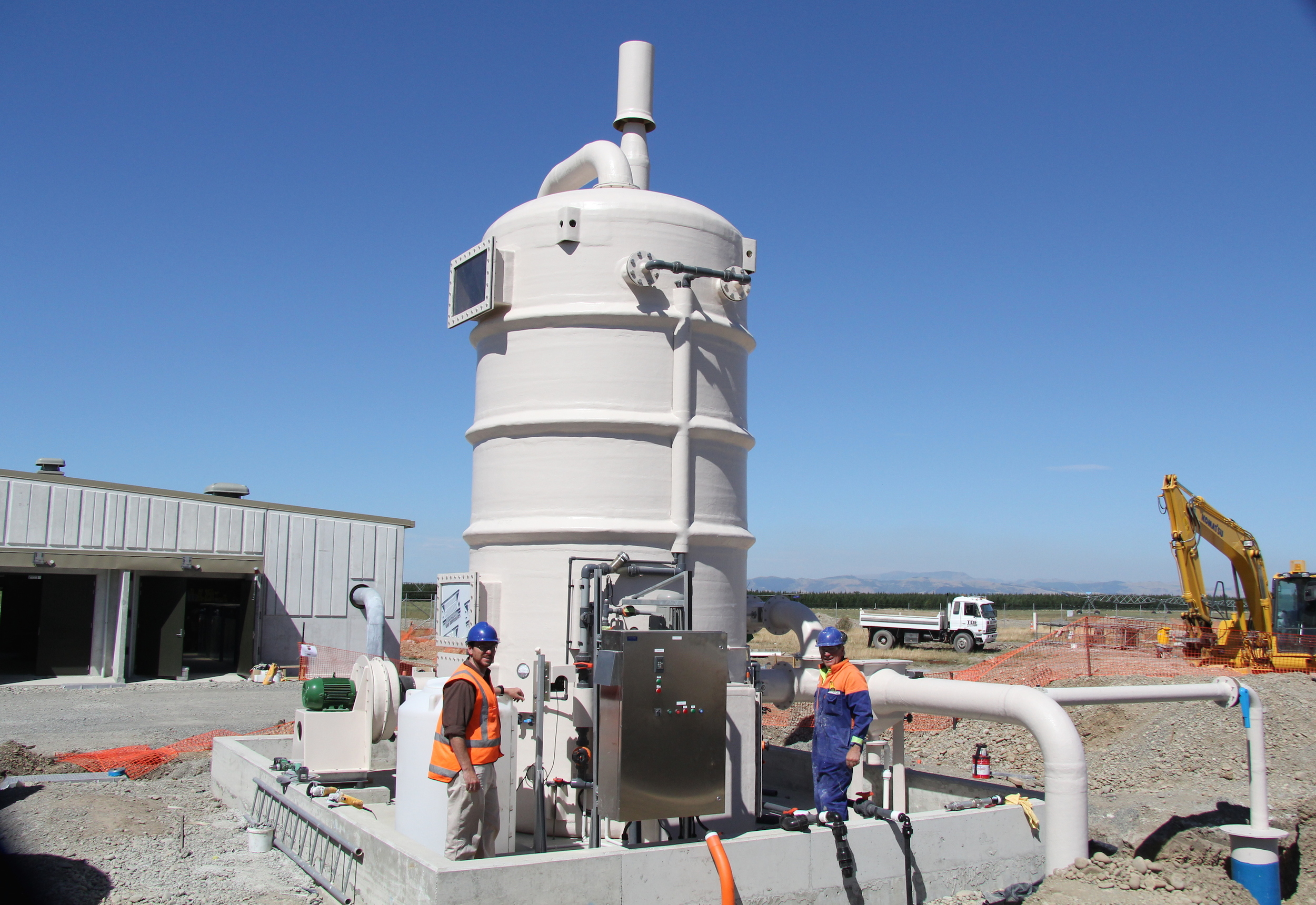



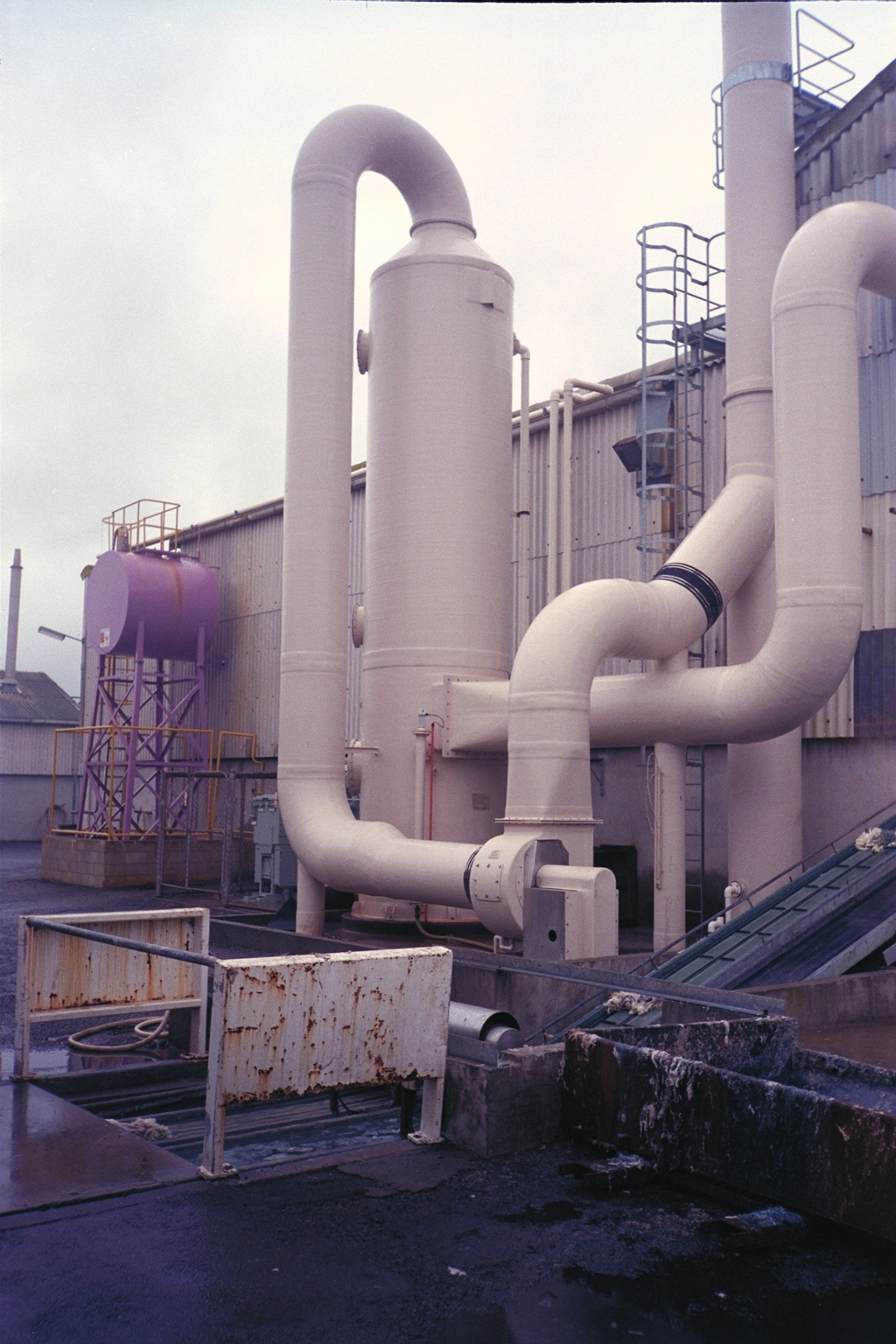

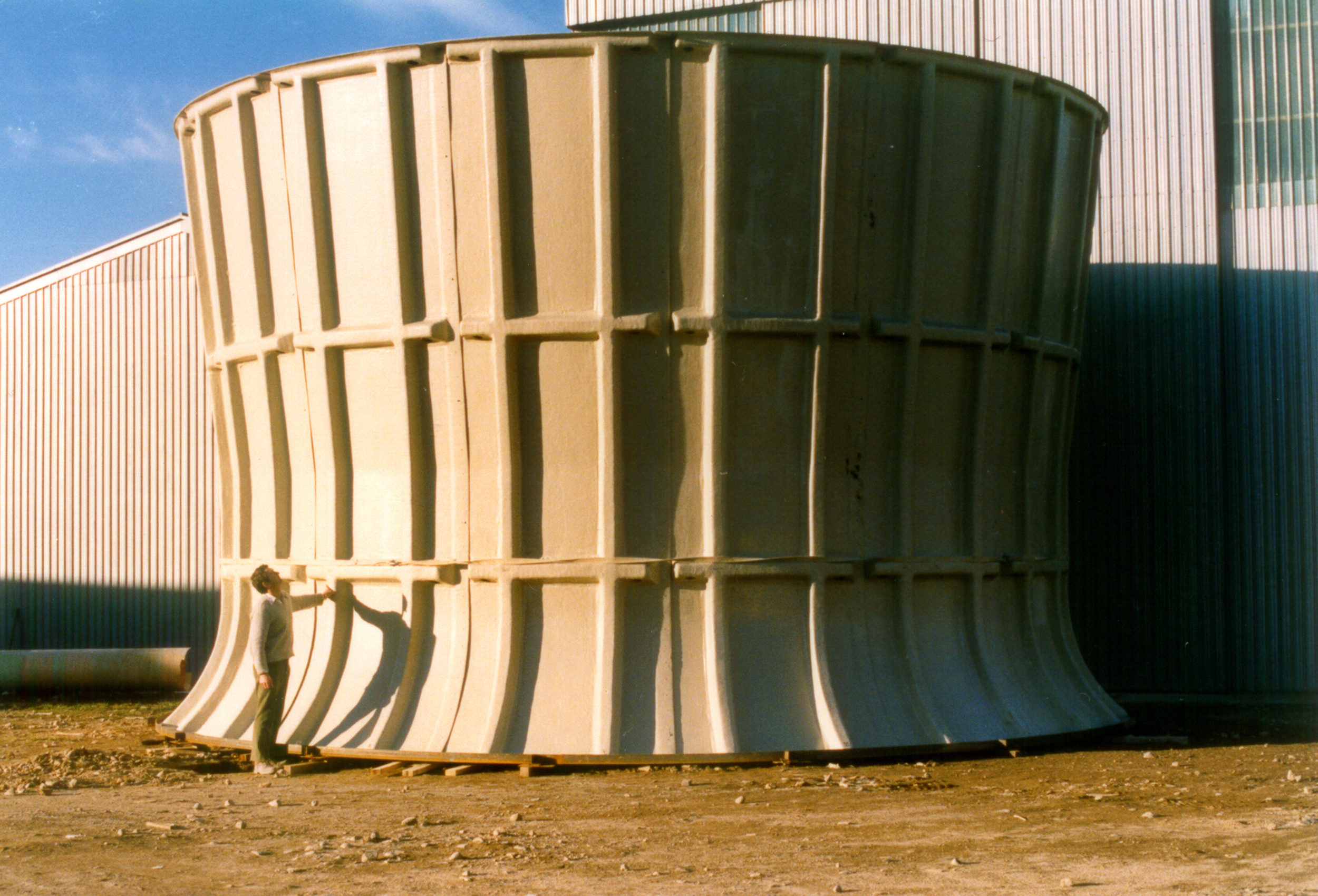
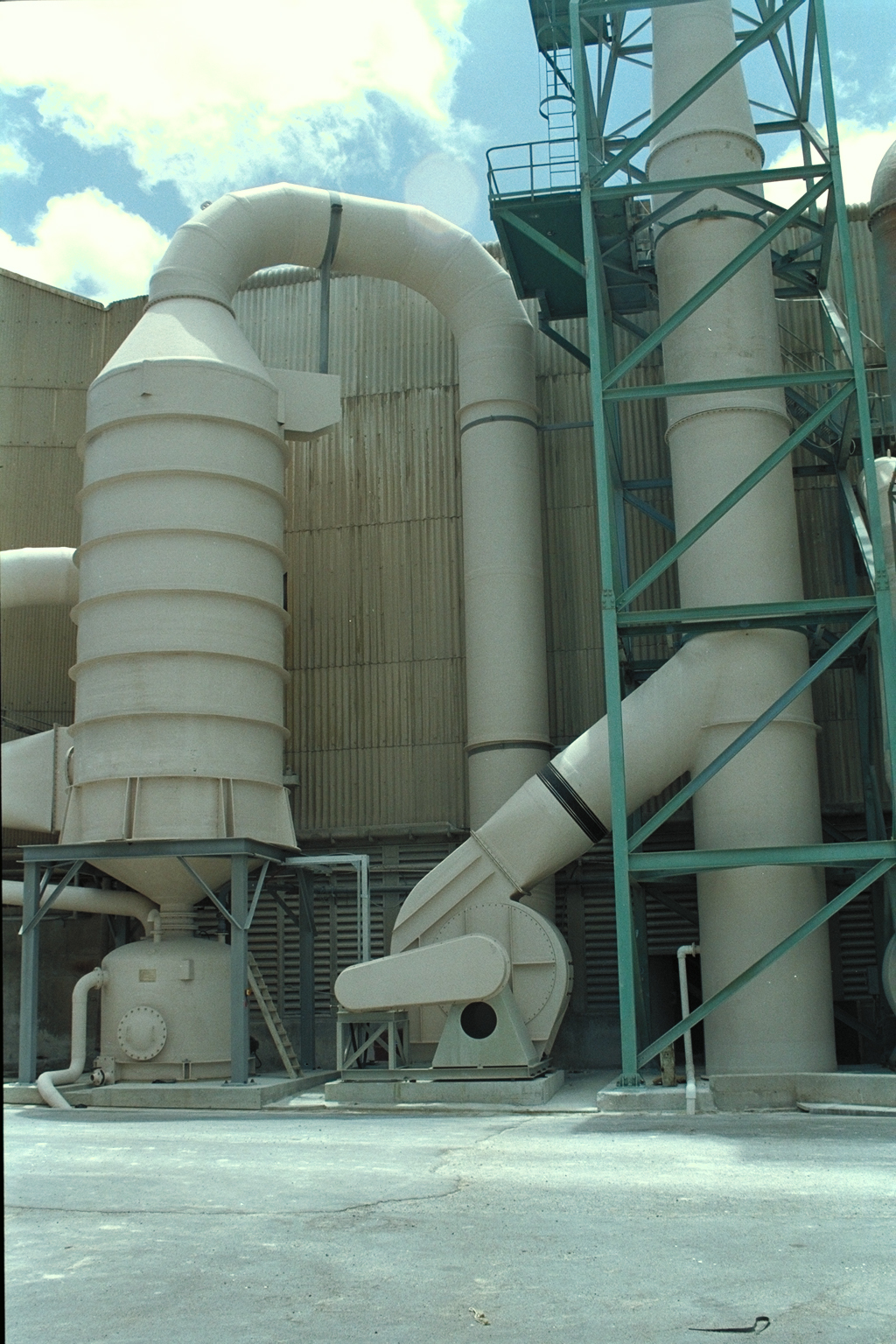
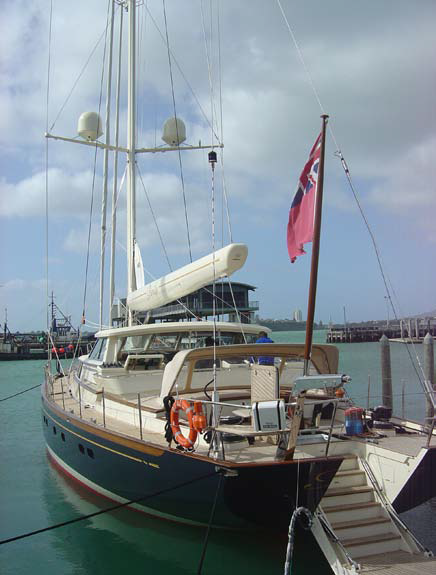
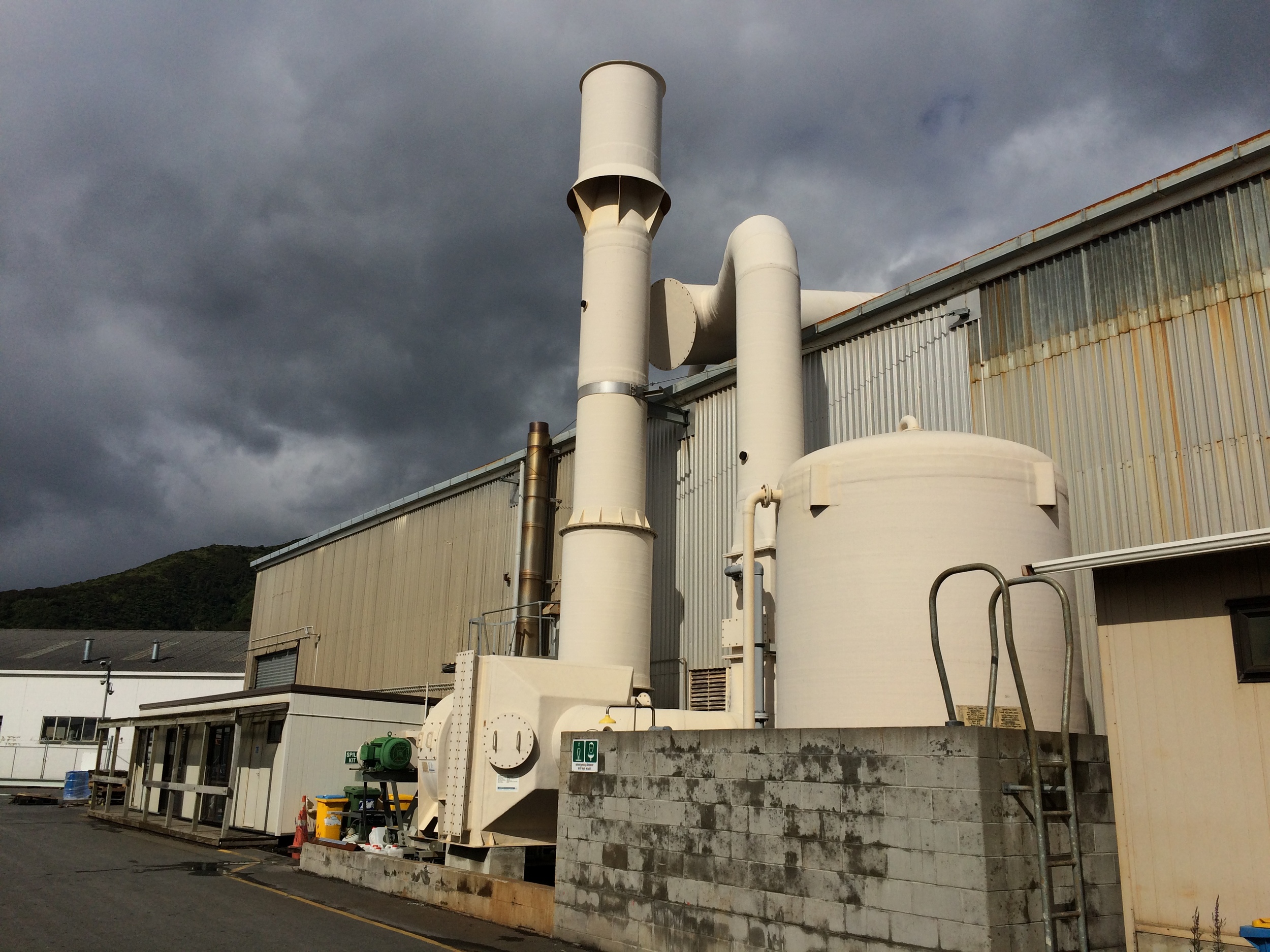
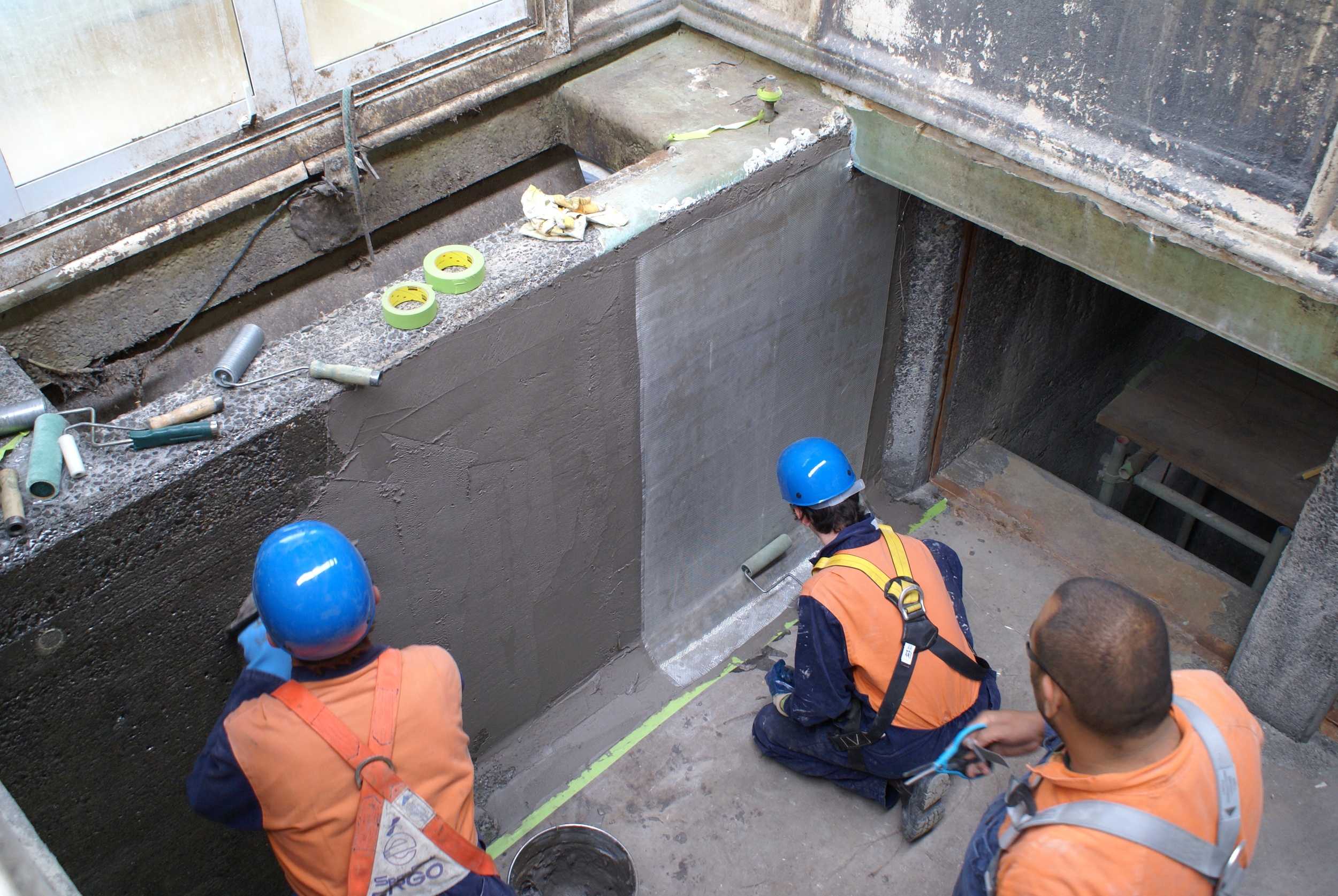

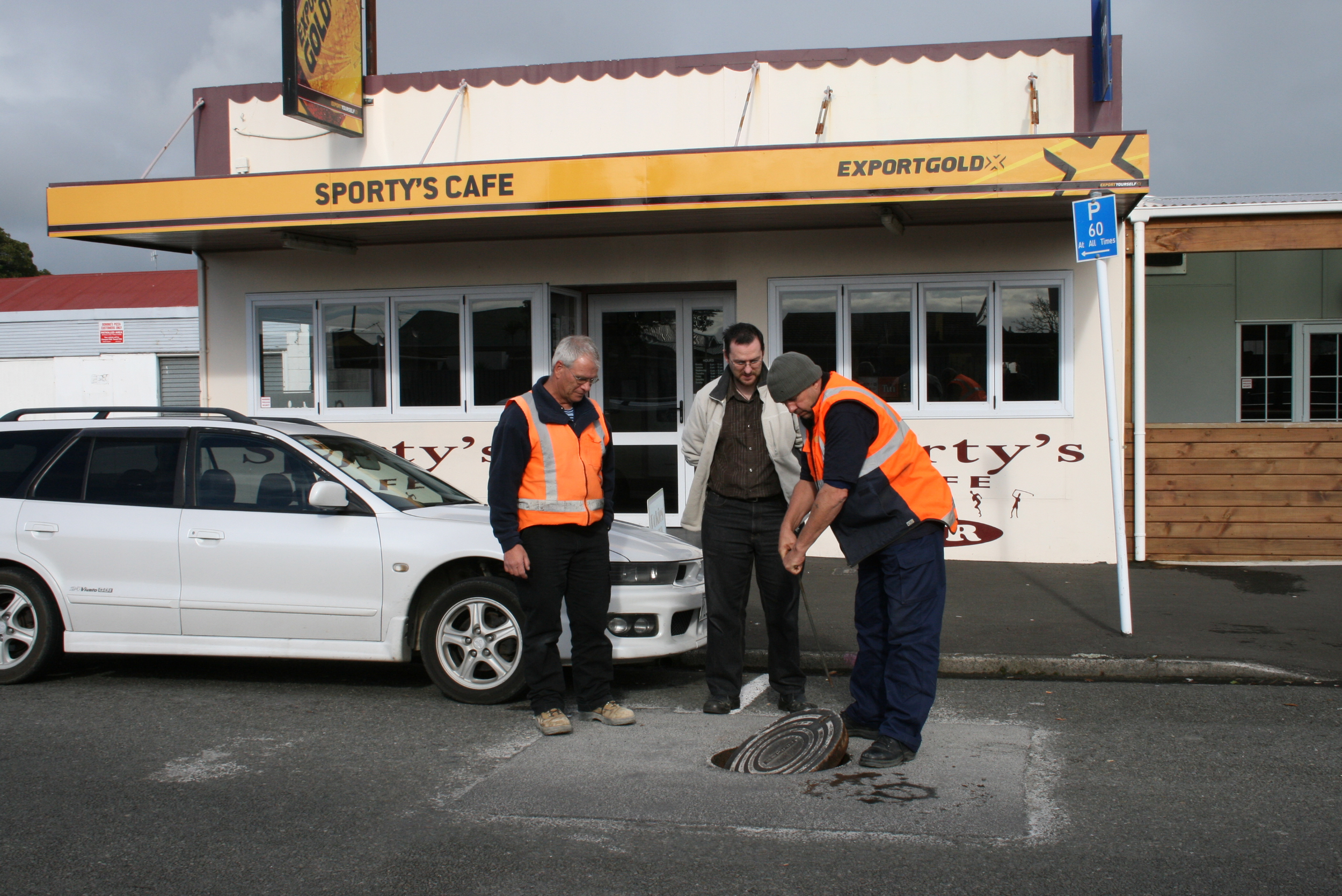
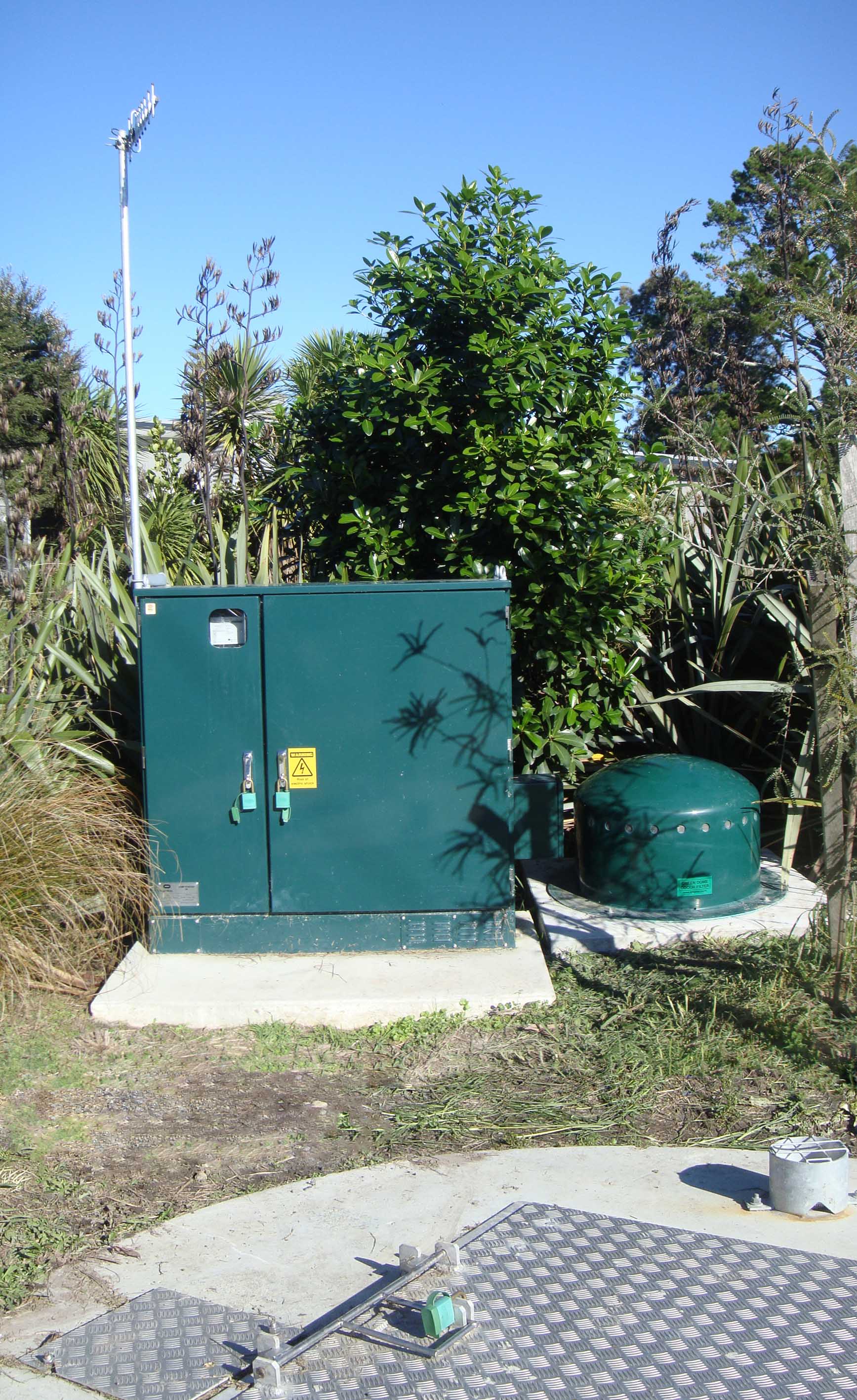
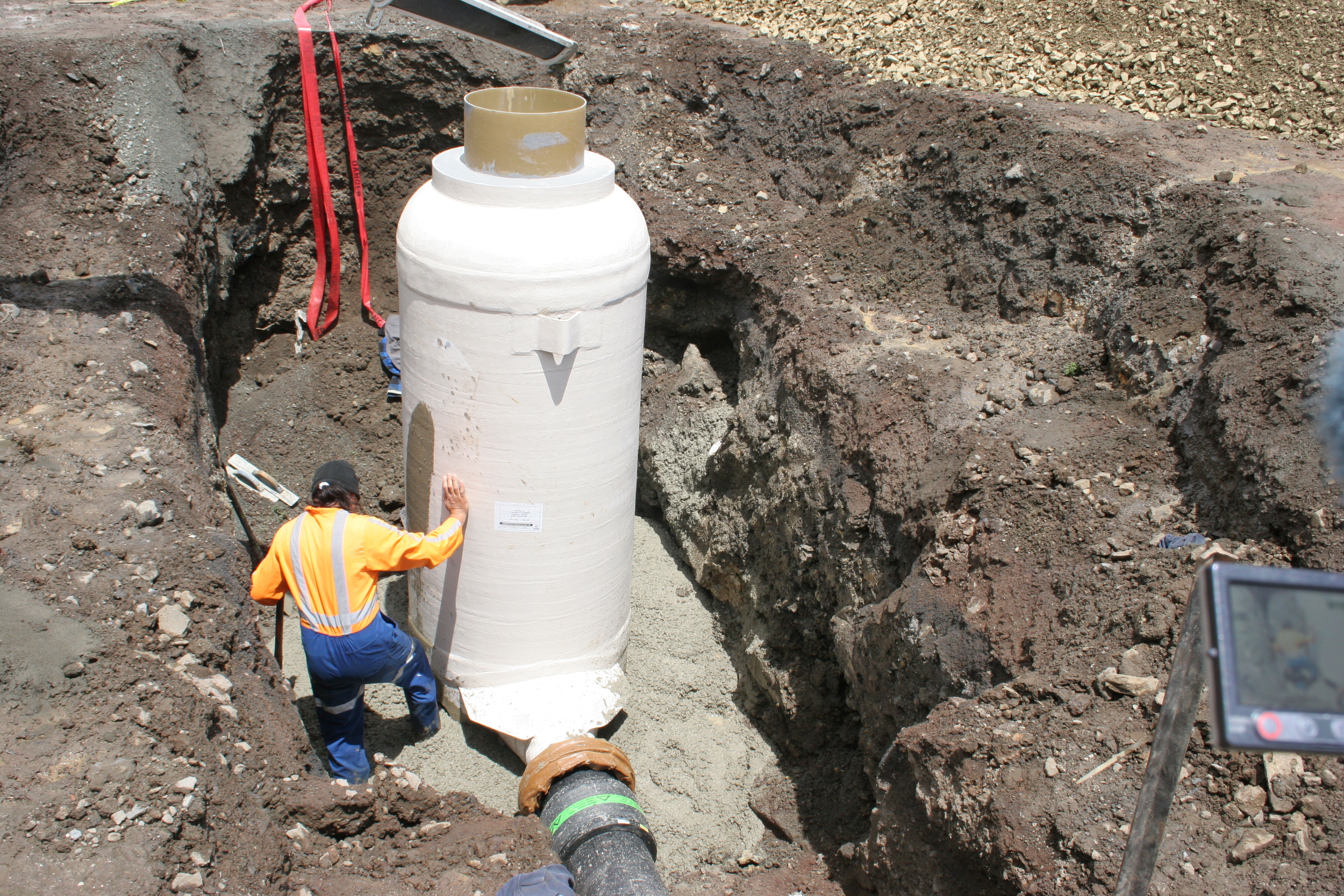

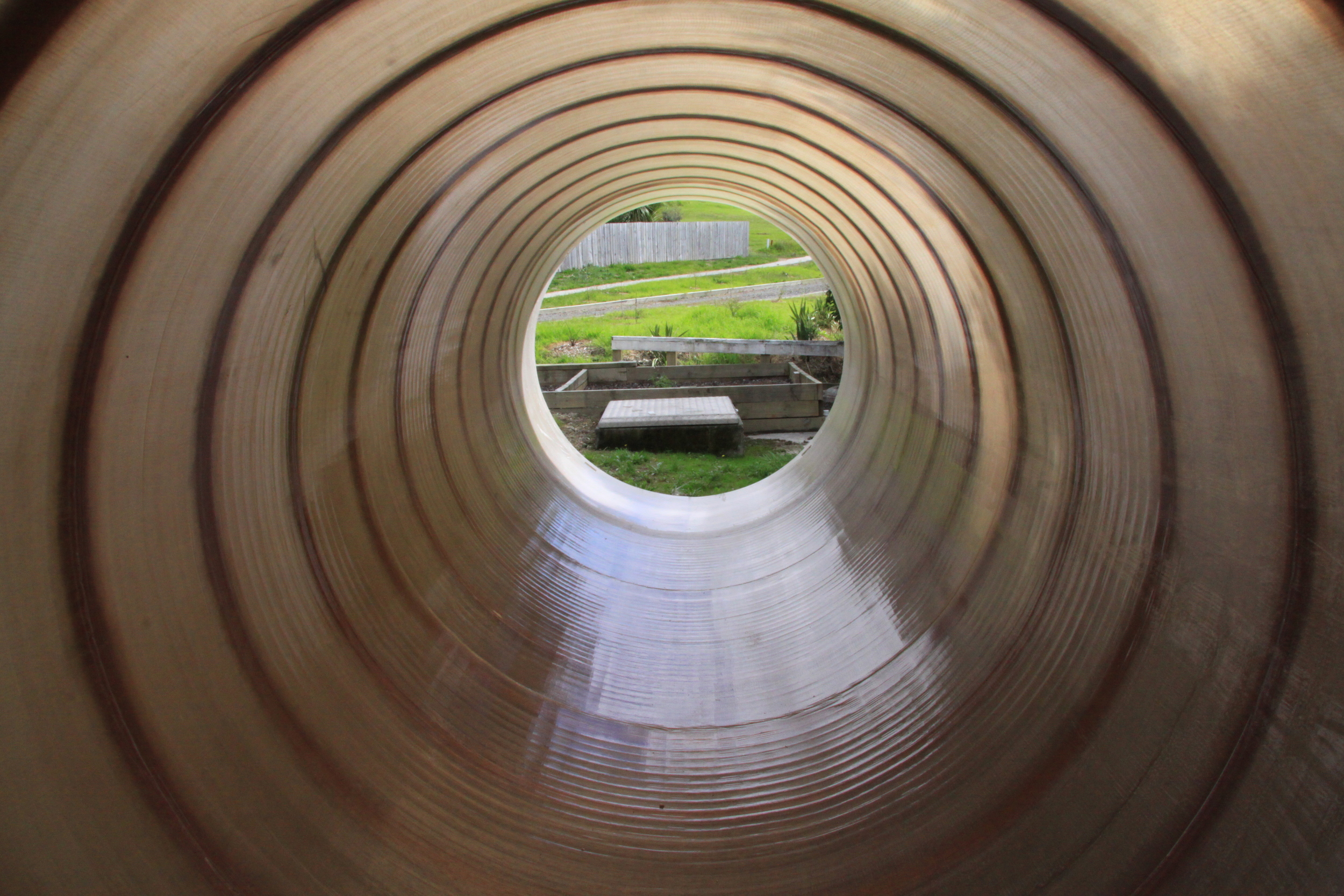
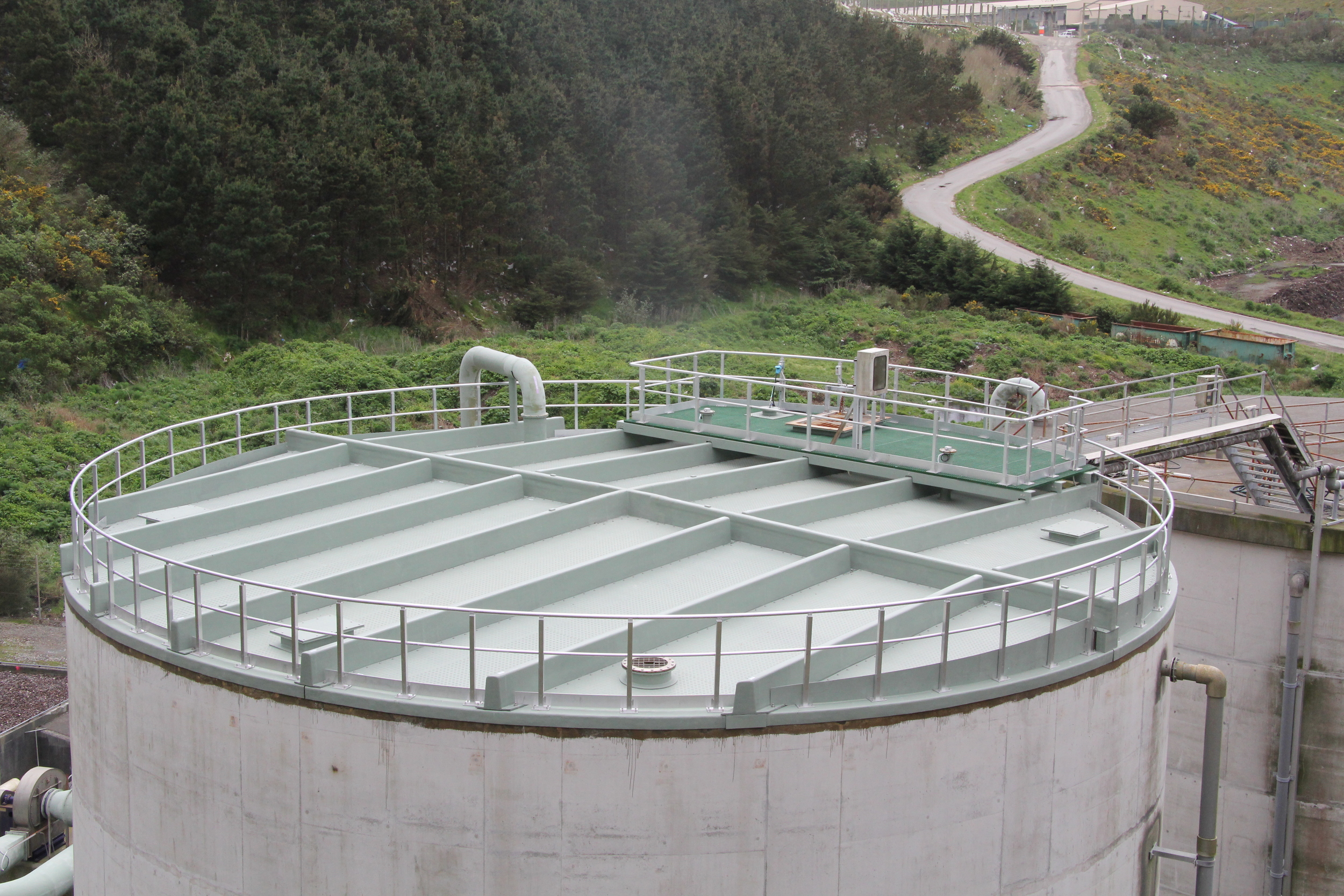






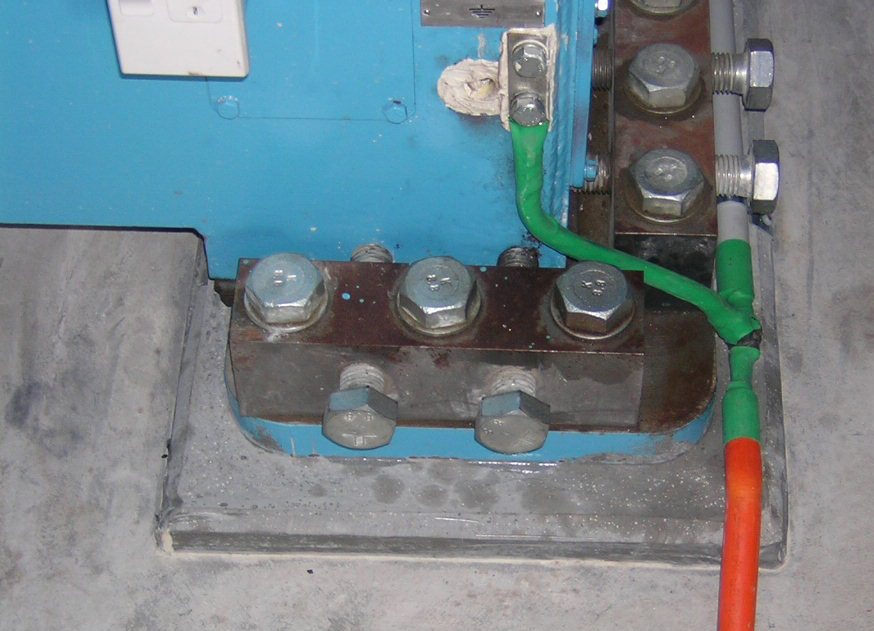


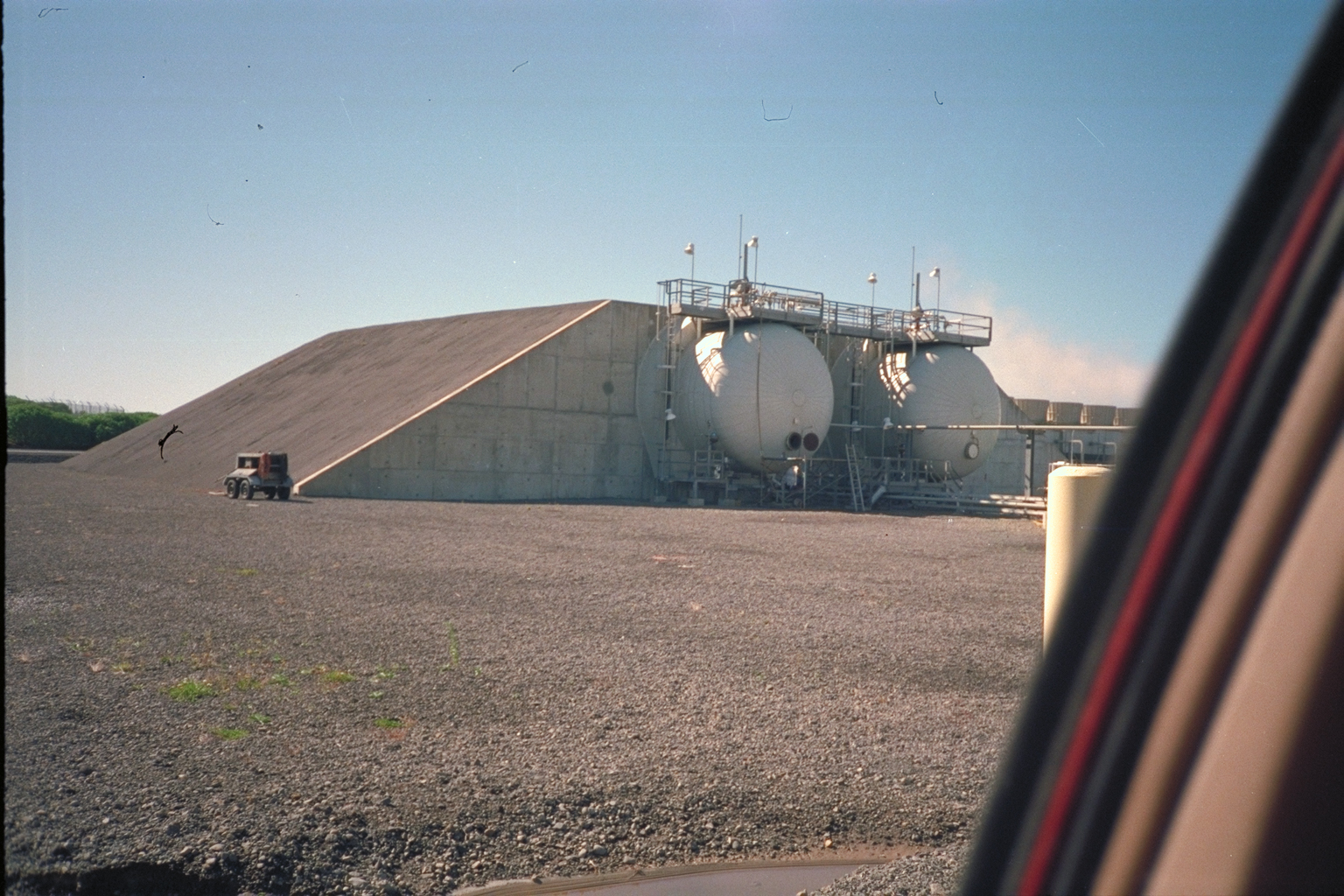

This Green Dome is saving an Australian client $70,000 per year.